Tesla has finally revealed its long-promised 'Robotaxi' – a compact, self-driving coupé that shows the firm's vision for a global fleet of autonomous vehicles.
Tesla CEO Elon Musk showed off the autonomous Cybercab concept at an event in the US overnight, alongside a larger self-driving 20-seat van that's dubbed the Robovan.
The two vehicles, which have no steering wheels or pedals, are planned to operate using artificial intelligence and cameras rather than lidar sensors and in-built mapping software, as is more common on other autonomous vehicles.
They will also be capable of charging wirelessly, said Musk, so don't have charging ports like Tesla's conventional cars.
Touting the benefits of self-driving technology at an exclusive event called 'We Robot' in California, Musk said: “Think about the cumulative time that people spend in a car, and the time they will get back that they can now spend on their books or watching a movie or doing work or whatever.”
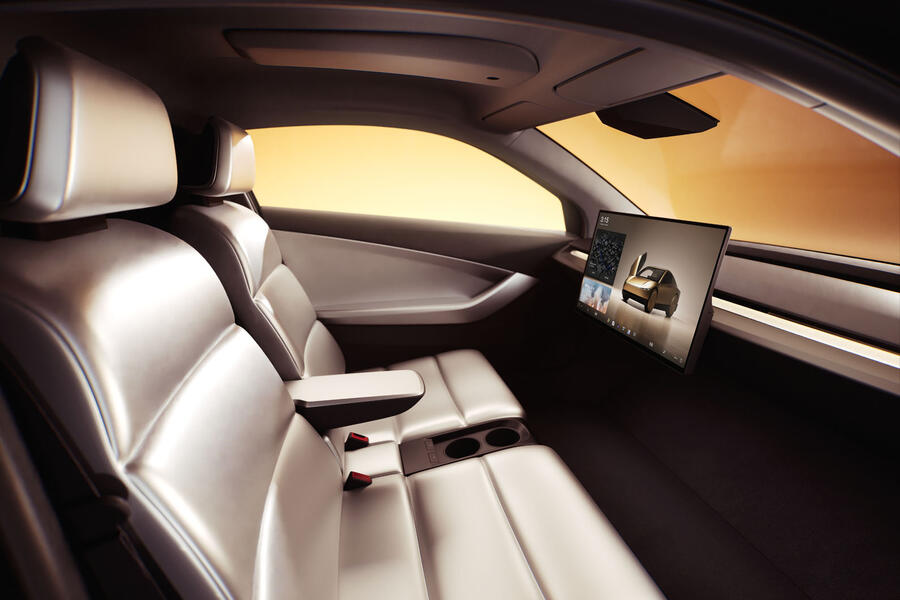
To that end, the Cybercab's cockpit is a minimalist affair, with two seats, two cupholders, an armrest and a large central touchscreen similar to that in the Model 3. There's also a large boot at the rear – but following in the footsteps of the prismatic Cybertruck, the Cybercab has no rear window.
Musk said Tesla hopes to be producing the Cybercab by 2027 and selling it to consumers at a projected $30,000 (£23,000) but offered no categoric timeline for the Robovan. He did not confirm any plans to launch the vehicles outside the US.
En route to putting the two new self-driving vehicles in production, Tesla plans to have "unsupervised" FSD (full self-driving) technology certified for use in the Model 3 and Model Y by 2025.
The firm has recently rebranded its current-generation FSD software as 'supervised', meaning a human driver must be 'hands on' in the car and paying attention to the road at all times, after US safety authorities expressed concerns over the AI-powered system's ability to respond to unpredictable scenarios.

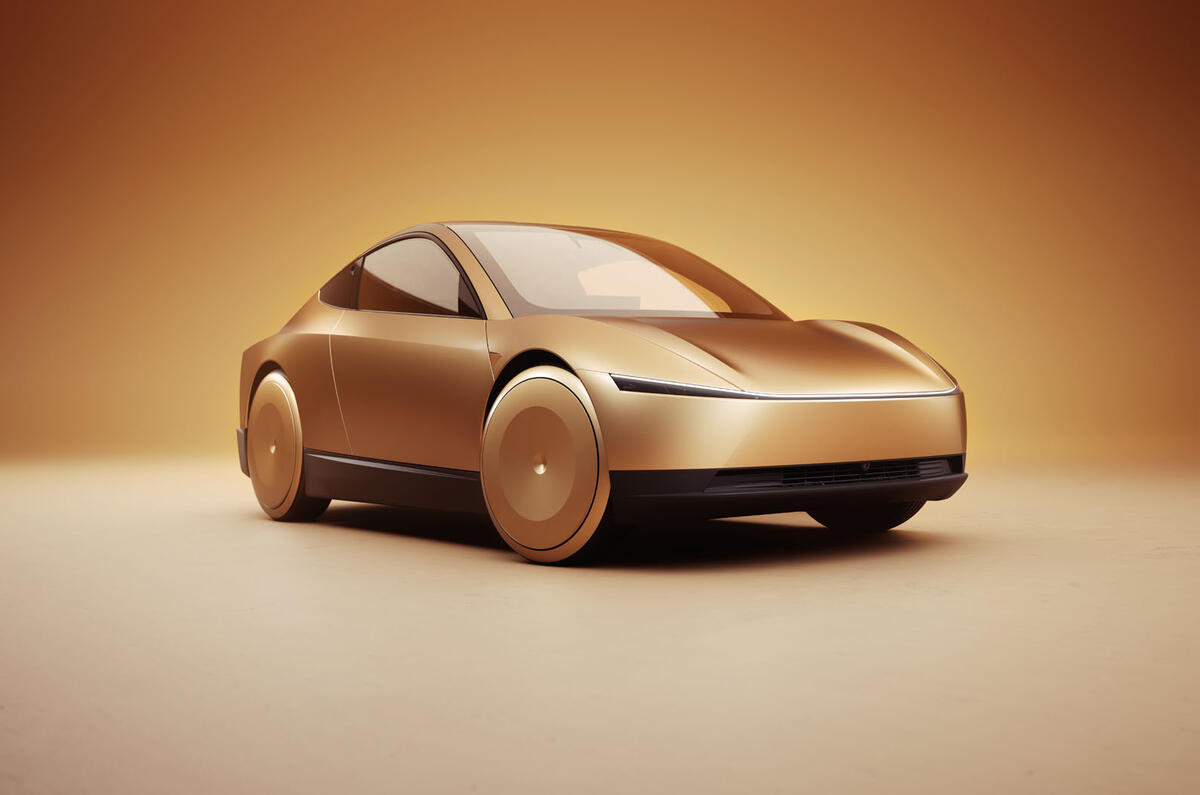
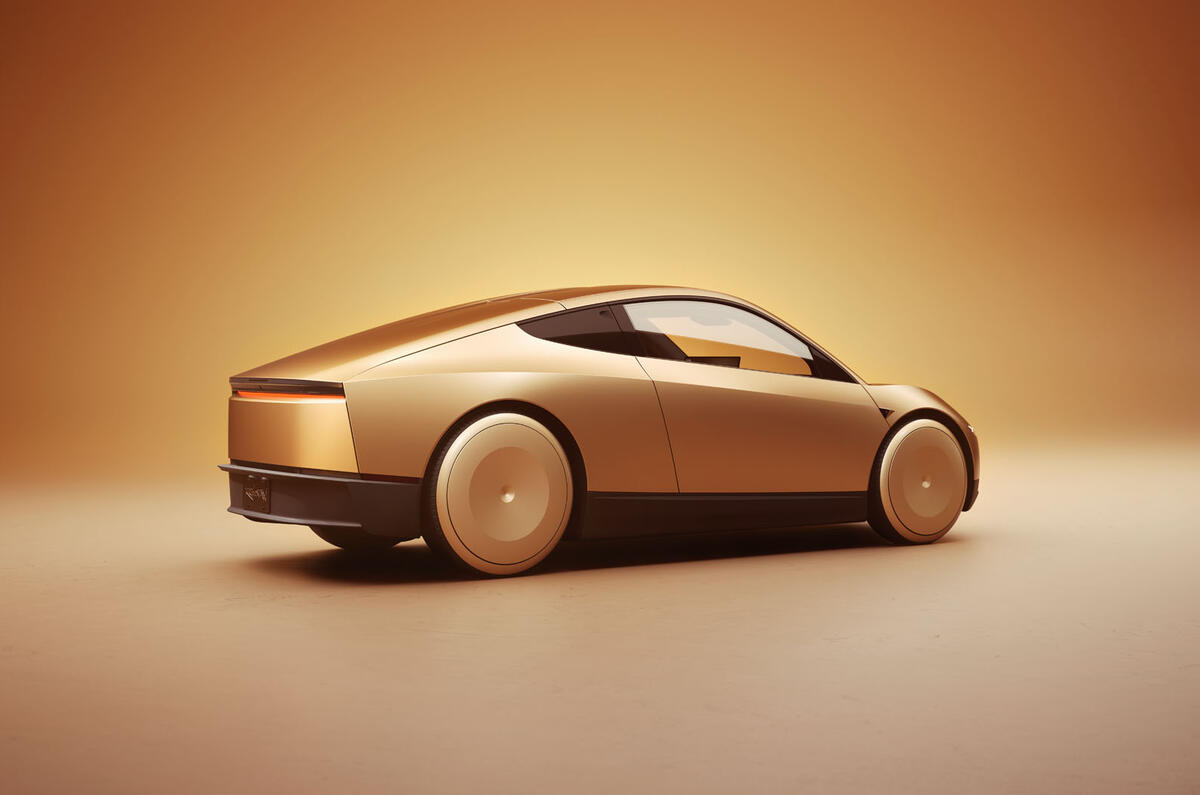
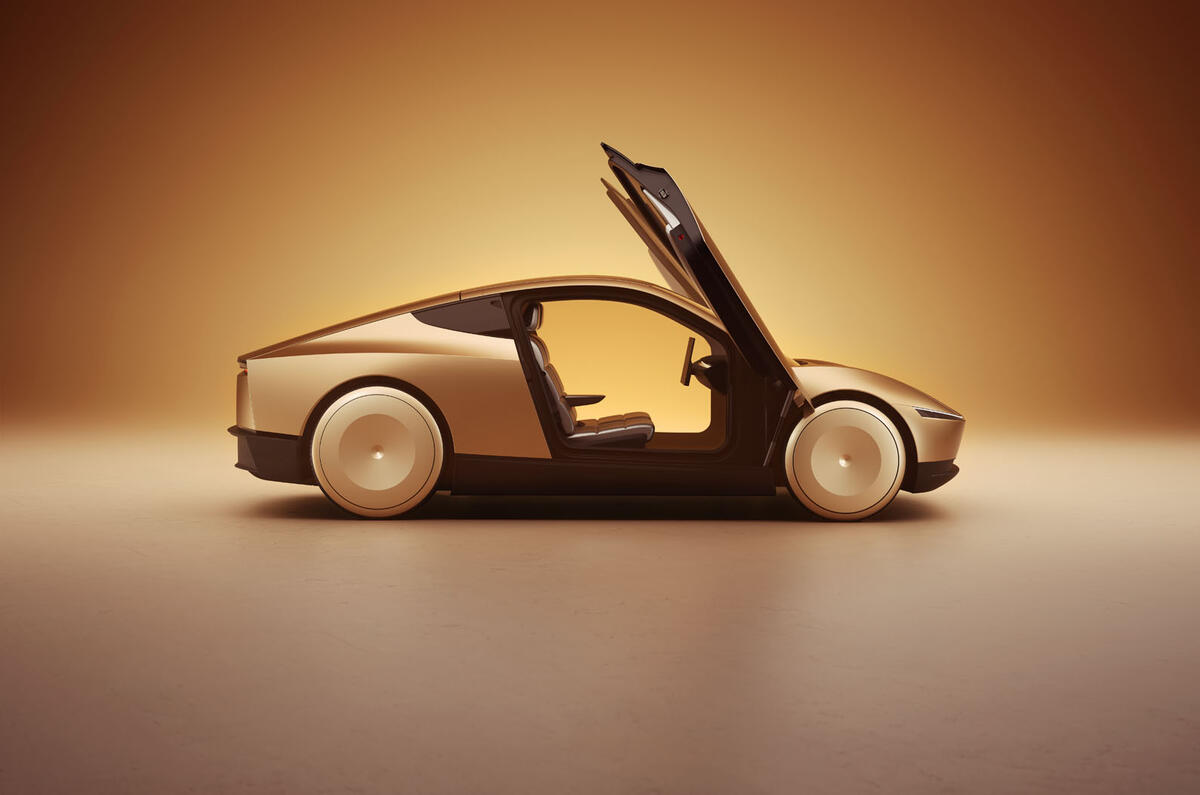
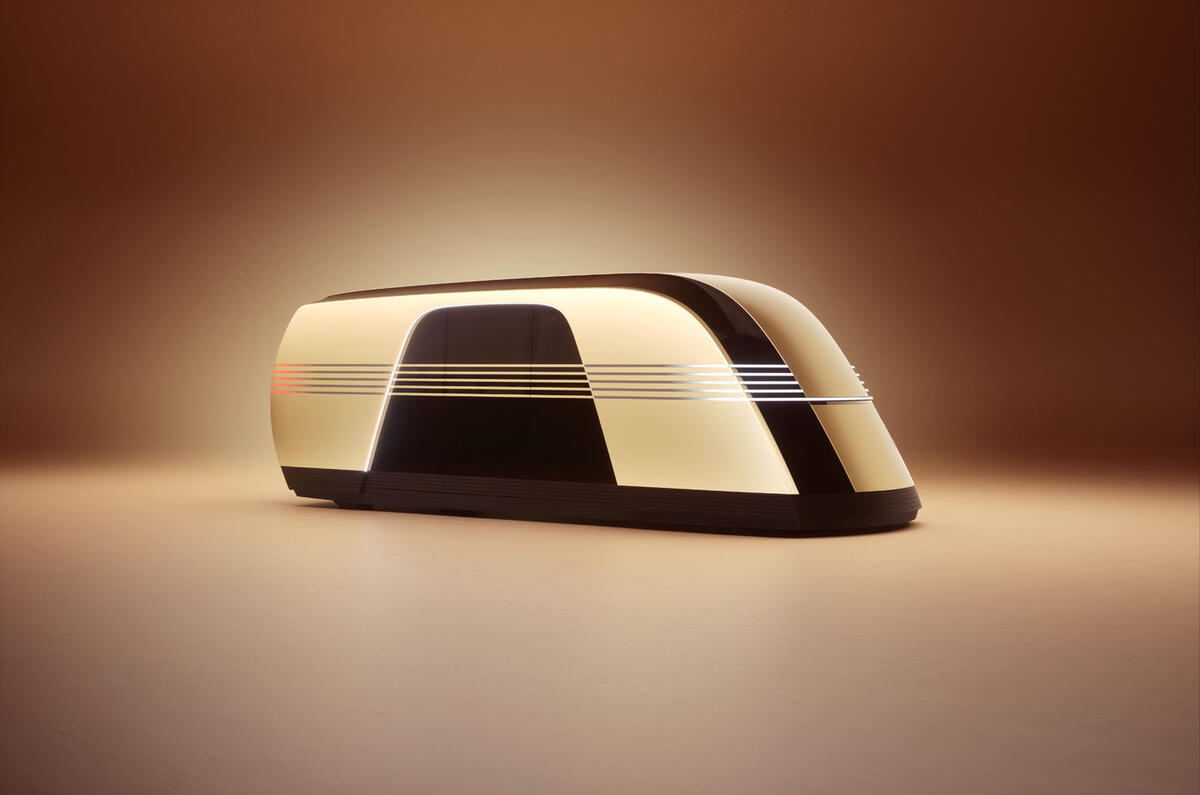
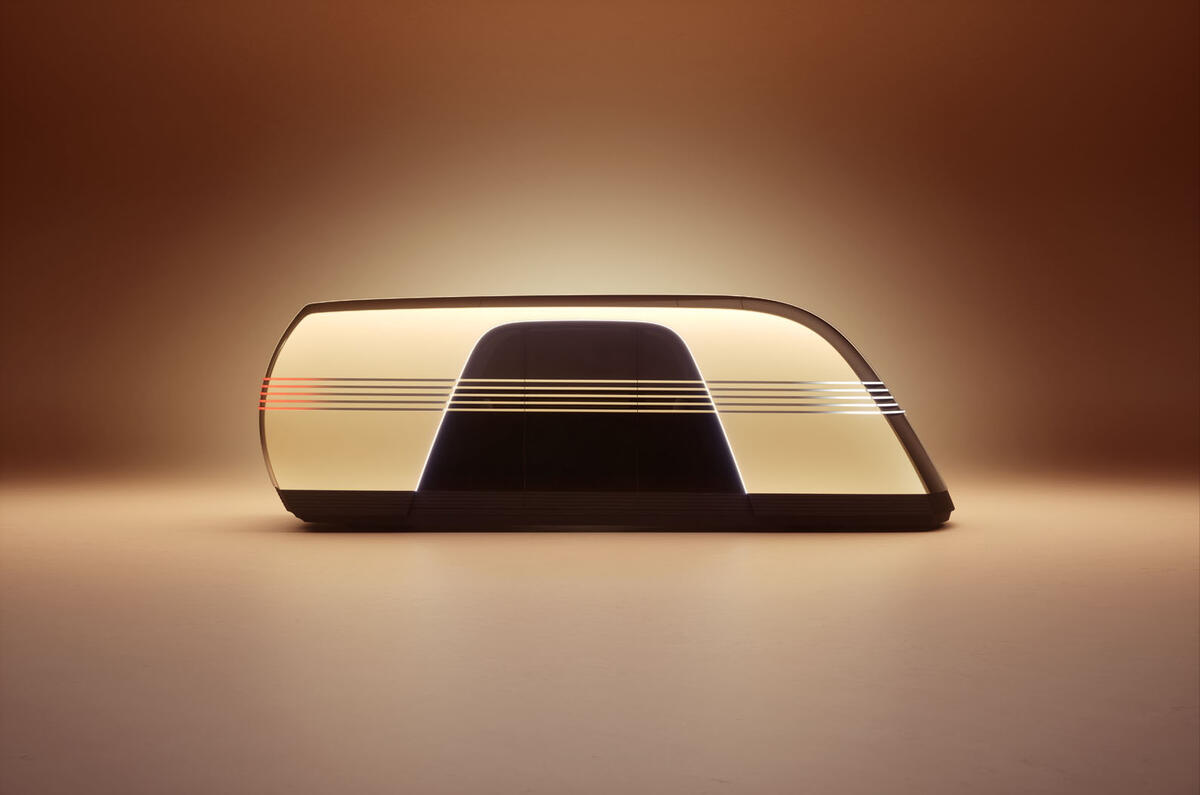
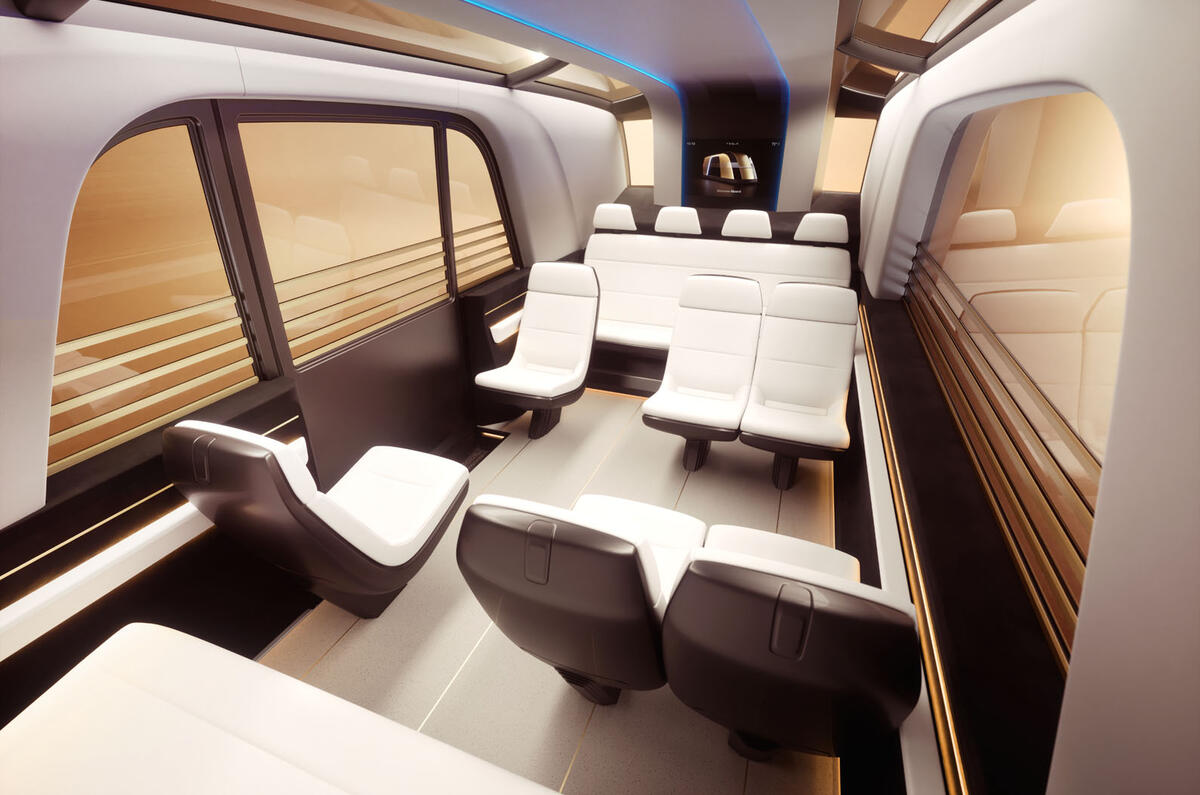
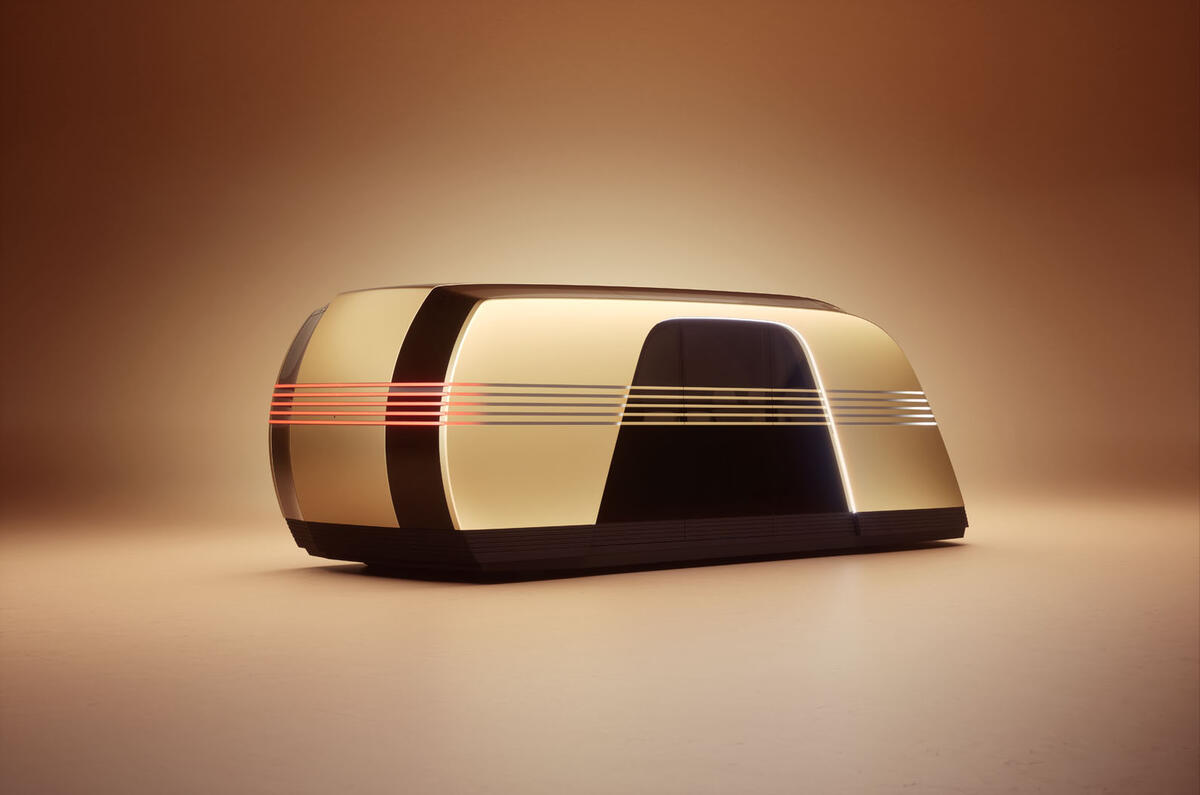
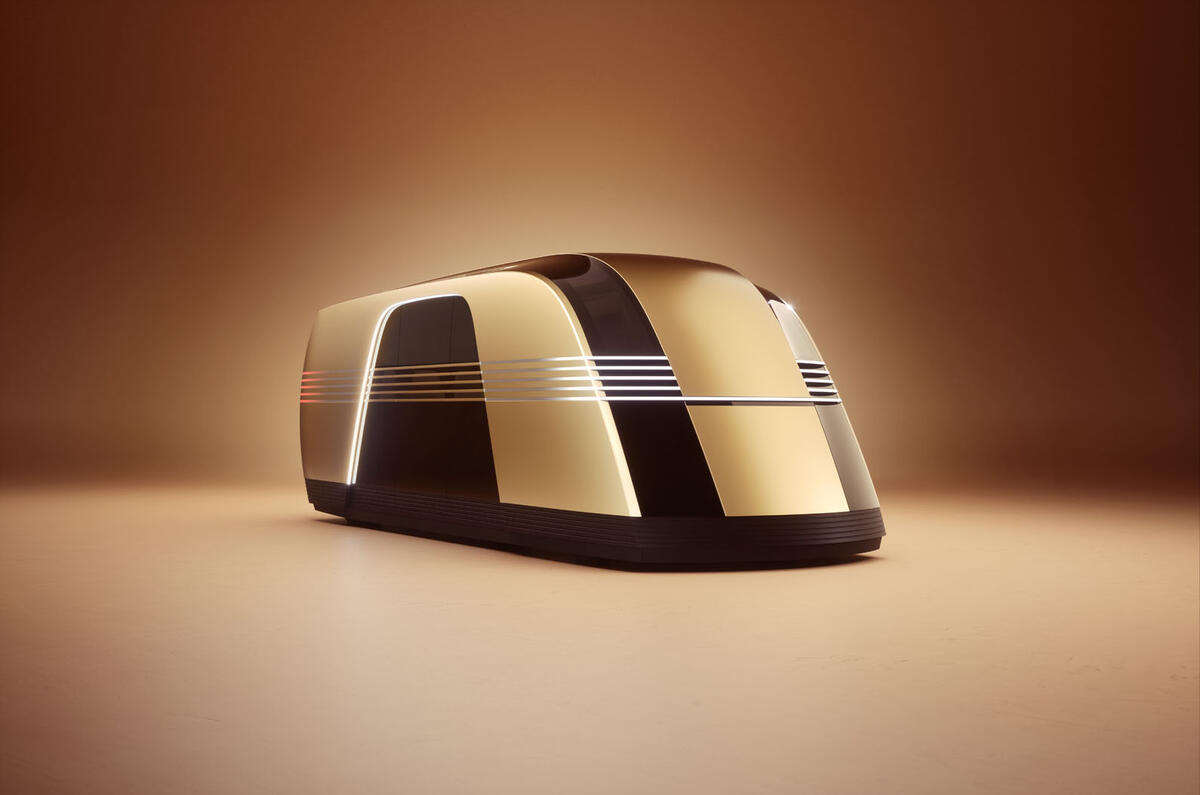



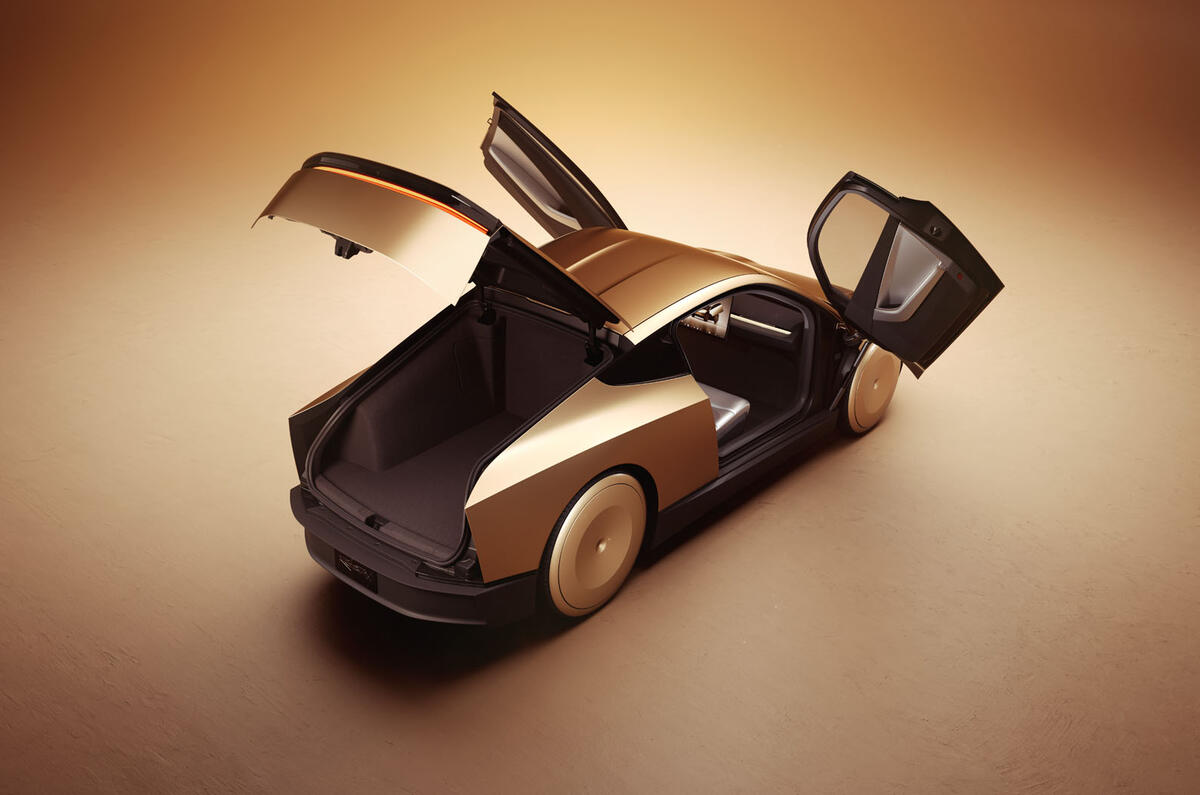

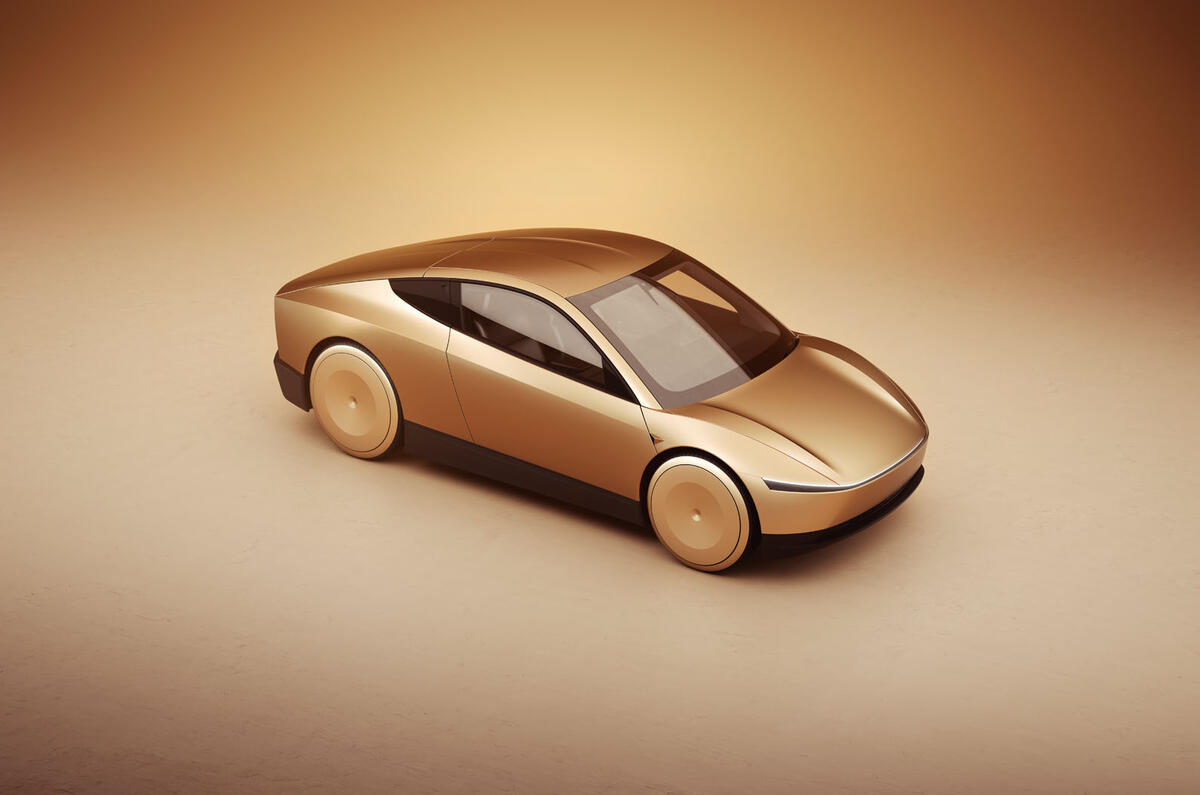
























Join the debate
Add your comment
It's not going to be £23,000, simply because of VAT. Please Autocar - and all other car journalists - remember that cars sold in the UK have VAT added to their price, and in the US prices are quoted without sales tax. So $30k translates to about £27,500. (And I still don't believe it.)
I watched the 25minute Video of the launch event where you could see the faithful loyal Tesla owners sort of herded into an area with their green glowing lanyard flashing away whooping and yelling when Elon appeared on stage, and then they were given a trip around the Film studios access roads in a Robotaxi, all well and good but it was a controlled environment, one way traffic etc. Seemed a bit scary with the Androids walking about engaging in conversation with the punters.
You don't need a taxi, let alone a self driving one, to be elegant. All you need is a box with wheels in each corner. It's designed to appeal to Musk's ego